If you’re a deer hunter or thinking about getting into deer hunting, understanding where the deer are and how their populations are changing can really help you plan your next trip.
White-tailed deer are the most popular game animals in the U.S., and their populations vary a lot from state to state. In this article, we’ll take a look at the current deer populations across the country, recent trends, why some numbers go up or down, and which states offer the best hunting opportunities. Let’s keep exploring!
Overview of Deer Populations Across the United States
Thanks to conservation efforts, the white-tailed deer’s population has dramatically increased from near extinction in the late 1800s to tens of millions today.
Currently, there are about 36 million deer across the country, with around 31 to 32 million being white-tailed deer. This remarkable recovery highlights the success of wildlife protection programs and the importance of preserving natural habitats.
White-tailed deer are found all over the U.S., but their numbers aren’t the same everywhere. Some states have huge populations, while others have fewer deer due to habitat or climate.
As of 2024, states like Texas, Wisconsin, Pennsylvania, and Michigan have some of the highest deer populations. On the other hand, states with harsher climates or less suitable habitat, like Nevada or Nevada, have smaller populations.
White-tailed Deer Populations by Region (2023-2024 Estimates)
- Southeast Region: This region holds the largest number of white-tailed deer in the country, with an estimated 15 to 18 million deer. States like Texas (around 4 million), Georgia (about 1.5 million), Alabama, and Florida have strong populations thanks to abundant forests and mild winters.
- Midwest Region: The Midwest is home to roughly 12 to 14 million white-tailed deer. Wisconsin and Illinois each have about 1.5 to 2 million deer, while Missouri has around 1.2 million. The mix of farmland and forests provides excellent habitat here.
- Northeast Region: Deer populations in the Northeast are estimated at about 6 to 8 million. Pennsylvania leads with roughly 1.7 million deer, followed by New York and New Jersey. This region’s dense forests and protected lands support healthy herds.
- Western Region: The West has fewer white-tailed deer overall, with populations around 1 to 2 million. States like Colorado and New Mexico have moderate populations, but much of the West is dominated by mule deer rather than white-tailed.
- Southern Plains: States like Kansas, Oklahoma, and Nebraska have about 3 to 4 million white-tailed deer combined. These states offer excellent hunting opportunities with good success rates.
If you picture a map, deer tend to be more concentrated in the Southeast, Midwest, and Northeast regions.
Recent Trends in Deer Populations
Over the past decade, deer populations have seen some ups and downs. Overall, many states have stable or slightly increasing deer numbers, but a few have seen declines.
States With Growing Deer Populations
Some states have done a great job managing their deer herds. For example, Missouri and Iowa have seen steady population increases because of good habitat management and controlled hunting seasons.
Even some parts of the Southeast, like Georgia, have growing populations thanks to reforestation and conservation efforts.
States With Declining Deer Numbers
On the other side, a few states are seeing declines. Wisconsin and Illinois have reported drops in their deer numbers recently.
Why? Diseases like Chronic Wasting Disease (CWD) have hit some herds hard. Habitat loss due to urban sprawl and increased predator populations also play a role.
Factors Affecting Deer Population Changes
The deer population is affected by several key factors that can cause their numbers to rise or fall:
- Habitat
- Disease
- Hunting Pressure
- Predators
- Weather and Climate
One of the most important is habitat. Deer thrive in environments with plenty of forests, fields, and access to water. However, when these areas shrink due to development or fragmentation, deer have fewer places to live and find food, which can lead to a decline in their numbers.
Another significant factor is disease. Chronic Wasting Disease (CWD) is a major concern in many states. This fatal disease spreads among deer populations and can have devastating effects on their numbers. When CWD takes hold in an area, it can lead to sharp declines in local deer herds, making it a serious issue for wildlife management.
Hunting pressure also plays a crucial role in deer population changes. While overhunting can dramatically reduce numbers, regulated hunting can help maintain a healthy balance. By controlling the deer population through managed hunting, wildlife officials can prevent overpopulation, which can lead to issues like habitat destruction and increased vehicle collisions.
Predators are another factor that impacts deer populations, especially the survival rates of fawns. Coyotes, bobcats, and in some areas, wolves, can significantly affect how many fawns survive to adulthood. When predator populations are healthy, they can help keep deer numbers in check, creating a natural balance in the ecosystem.
Lastly, weather and climate conditions can greatly influence deer survival. Harsh winters can make it difficult for deer to find food, while droughts can reduce the availability of water and forage. These environmental challenges can lead to lower survival rates, particularly for young deer.
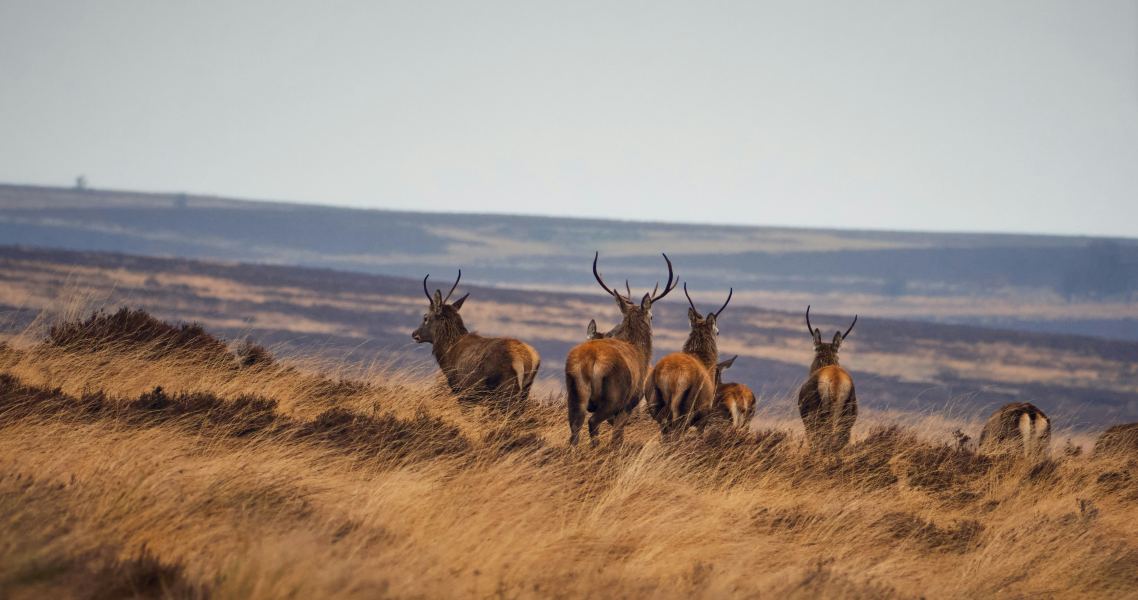
Which States Are Best for Deer Hunting?
If you’re a hunter looking for great opportunities, here are some states with high deer populations, hunting quotas and the best success rates.
States With High Hunting Numbers And Success Rates
Texas is on the top of the list with an impressive deer population of about 5.3 million. It’s not just about numbers; Texas also has a solid success rate, with around 64% of hunters managing to harvest a deer. That means if you head to Texas, you have a good chance of coming home with a trophy.
South Carolina is another fantastic choice for hunters. While its deer population is more moderate, around 700,000, it has the highest success rate in the nation at 71% for the 2022-2023 season. Almost every hunter in South Carolina can tag a deer, making it a highly attractive destination for anyone looking to fill their tag.
Moving on to the Southeast, states like Mississippi, Alabama, and Georgia each have deer populations ranging from 1 to 1.3 million. Their success rates are also impressive, hovering around 57% to 61%. These states offer a great mix of ample deer and a good chance of success, making them popular among hunters.
In the Midwest, Tennessee, Kansas, and Oklahoma are also worth considering. Each of these states has deer populations between 700,000 and 900,000. Tennessee shines with a 65% success rate, while Kansas and Oklahoma follow close behind at 59% and 56%, respectively. These states provide excellent opportunities for hunters looking to experience the thrill of the hunt.
Lastly, don’t forget about Wisconsin and Michigan. With huge herds of about 1.5 million in Wisconsin and 2 million in Michigan, these states have plenty of deer. However, they also attract a lot of hunters, which can lower the success rates to around 27% to 50%.
Still, if you’re after volume, these Midwest states are a great option for seeing lots of deer in the field.
| State | Deer Population | Success Rate |
| Texas | ~5.3 million | 64% |
| South Carolina | ~700,000 | 71% |
| Mississippi | ~1 million | ~57% |
| Alabama | ~1 million | ~61% |
| Georgia | ~1.3 million | ~57% |
| Tennessee | ~900,000 | 0.65 |
| Kansas | ~700,000 | 0.59 |
| Oklahoma | ~700,000 | 0.56 |
| Wisconsin | ~1.5 million | ~27% |
| Michigan | ~2 million | ~50% |
How to Choose Your Hunting Spot?
Knowing where deer populations are healthy and where hunters have good success can help you pick your next hunting destination.
If you want plenty of deer to see and hunt, states like Texas or Wisconsin are great. If you’re looking for a higher chance to bag a deer, consider places with good success rates like Kansas or Nebraska.
Also, consider things like hunting regulations, hunting season length, and terrain. Some states have strict rules, while others offer more flexibility. Always check the local laws to ensure a responsible and ethical hunt.
How Conservation and Management Efforts Affect Deer Numbers?
State wildlife agencies work hard to keep deer populations healthy and sustainable. They monitor numbers by various methods to get accurate data. By keeping track of deer numbers, agencies can make informed decisions about hunting regulations and management strategies.
One of the key aspects of deer management is regulating hunting seasons. State agencies set specific dates for hunting to ensure that deer populations are not overharvested.
These regulations are designed to allow deer to breed and grow in number, creating a sustainable balance between hunters and wildlife. Additionally, many states implement rules about the type and number of deer hunters can take, which helps protect younger deer and encourages the growth of healthier herds.
Fighting diseases like Chronic Wasting Disease (CWD) is another critical part of deer management. CWD poses a significant threat to deer populations, as it is a fatal neurological disease that spreads easily among deer.
State agencies actively work to monitor and manage this disease through testing and public awareness campaigns. By educating hunters and the public about CWD, agencies can help prevent its spread and protect deer herds from potential devastation.
Hunters themselves also play an essential role in conservation efforts. By following hunting regulations and supporting wildlife management programs, they contribute to the health of deer populations.
Many hunters are passionate about the environment and understand the importance of sustainable hunting practices. They often participate in habitat restoration projects, which can improve the ecosystems where deer live. These projects might include planting native vegetation, creating water sources, or removing invasive species, all of which enhance the habitat for deer.
Controlled hunts are another tool used by wildlife managers to keep deer populations in check. These hunts are carefully planned and regulated to help reduce deer numbers in specific areas where overpopulation might be a concern. By holding controlled hunts, agencies can manage the deer population effectively while providing hunters with opportunities to harvest deer.
Overall, the efforts of state wildlife agencies, combined with the support of hunters and conservation programs, are vital for maintaining healthy and abundant deer populations.
Through monitoring, regulation, disease management, habitat restoration, and controlled hunting, these initiatives ensure that future generations can enjoy the thrill of deer hunting while preserving the natural balance of wildlife.
Wrapping It Up
White-tailed deer populations vary widely across the U.S., with some states seeing growth and others facing challenges like disease and habitat loss.
For hunters, understanding these trends and where to look for the best hunting opportunities is essential for a successful experience. By staying informed about deer populations and the factors affecting them, hunters can make smarter choices about where to hunt.
By working together, we can help secure a thriving future for deer and the ecosystems they inhabit.


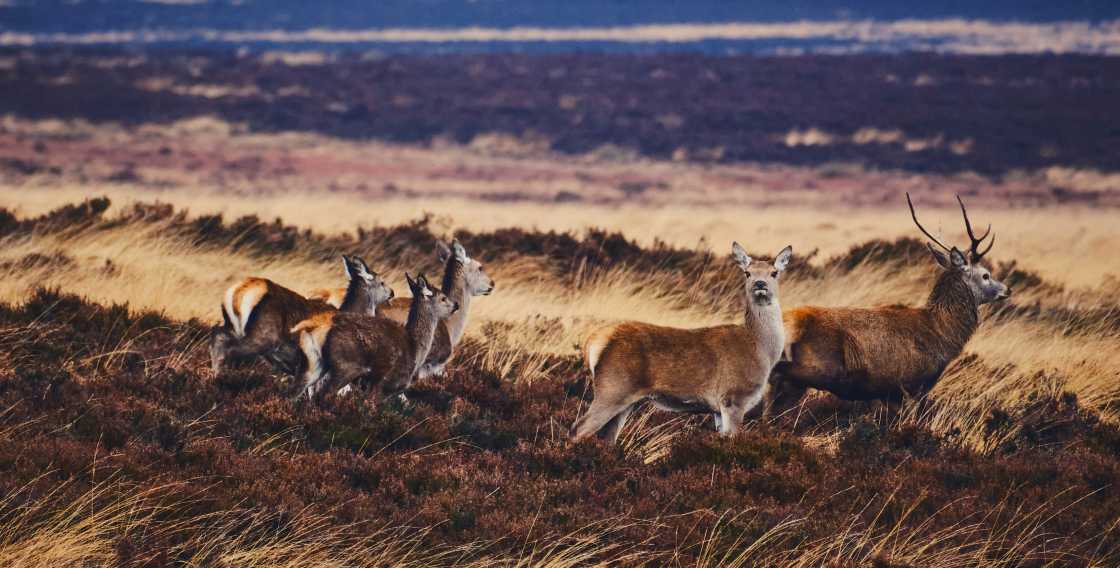
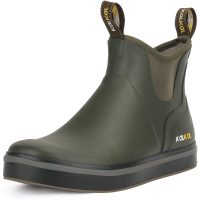







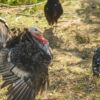

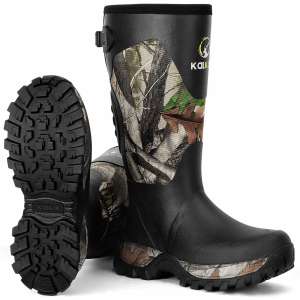





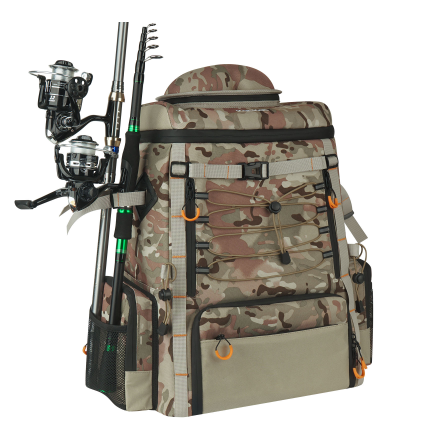
Leave a reply